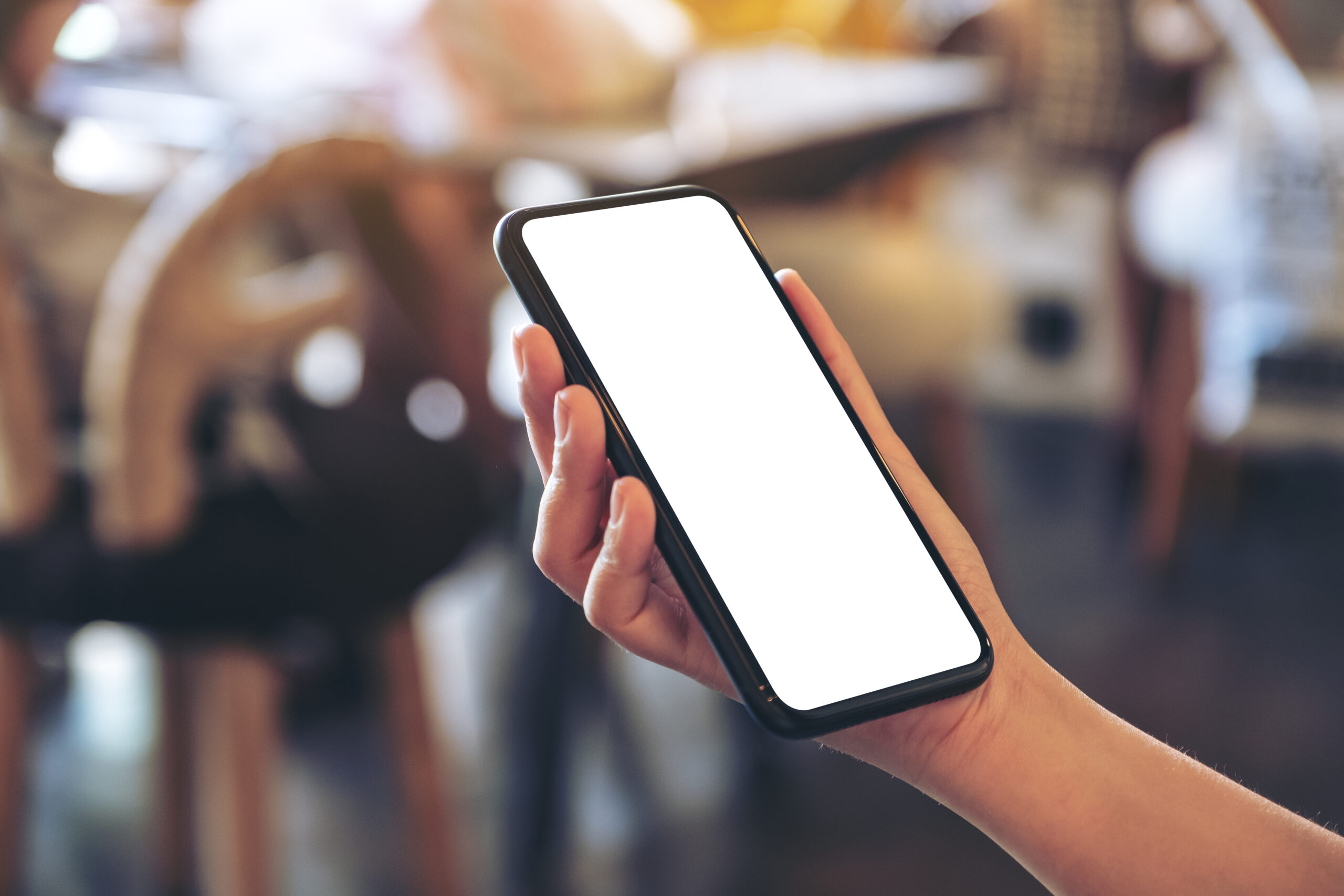테스트
Smart Building
Offices smarter with UWB RTLS
2023-12-13

Are you still using fingerprinting or employee ID tagging to manage employee turnover?
By using real-time location tracking technology to locate people and assets in a specific area such as a building or office, various location-based services are possible. Let's take a look at the services in more detail.
Location-based access control systems
- Automated access with location-based smartphone or handheld tag recognition 보안 게이트 자동 제어 가능
- Manage and control access for non-authorized personnel, outsider risk areas, secure zones, etc.
- Collect and manage access history data: view data by gate, by time of day, and with a variety of options
Location-based room usage management system
Automatically recognizes users with location tags (or smartphones) and displays real-time meeting attendee status and meeting-related information on an electronic display when entering the meeting room. Service can be expanded by linking with platform data so that the meeting room reservation can be canceled if the meeting room is not entered within a certain period of time.
Location-based autonomous seating systems
When the autonomous seating system is implemented, as soon as an employee sits down, the electronic display tag (UWB-equipped electronic display (G-Pixel))on the seat and the employee's handheld tagare mapped, and the seat is treated as occupied and the current user information is displayed.
- With a unified management system or platform, managers can manage seat utilization, time and attendance, and the location of employees and assets at a glance, and use space efficiently with data such as office seating density.
Location-based quarantine management system
COVID-19 has caused the world to fear the spread of infectious diseases. Location information is essential for non-contact, non-face-to-face services to minimize infections caused by human-to-human contact.
- Tracking the movement of people with the virus in a building allows for backtracking through close contact history management.
- Analyze data collection, including displaying the movement of confirmed cases, prioritizing testing, marking areas for quarantine, and filtering movement by date and destination.
- Develop services such as personalized location-based access control, payments, and more for minimal contact and face-to-face interaction.
- Minimize the damage of infection disasters / Increase response to evolution in the early stages of confirmation / Secure raw data for cause identification and epidemiological investigation
For more detailed technical inquiries, please contact us at
GeoPlan Technical Sales Team:
태그
DigitizingSmart Buildingsmart officeGEOPLAN
News&Blog
